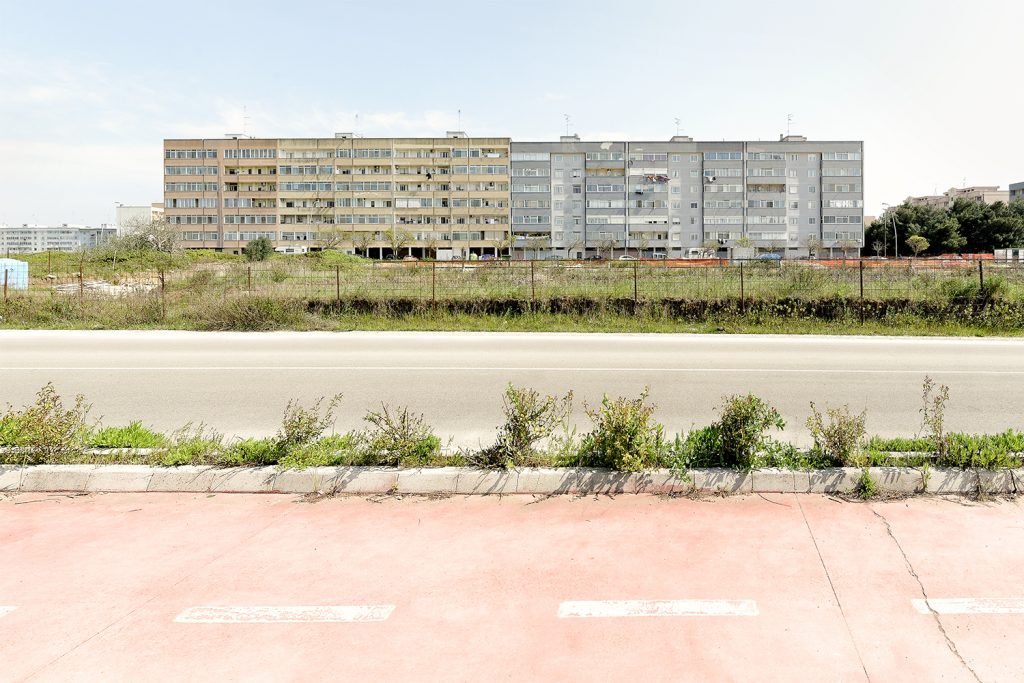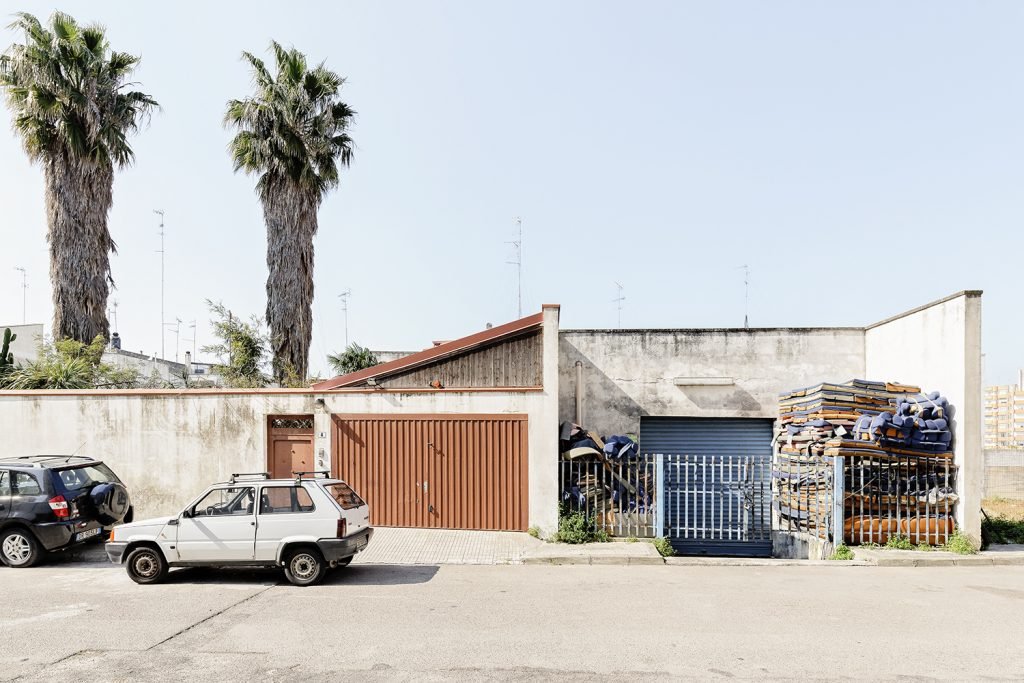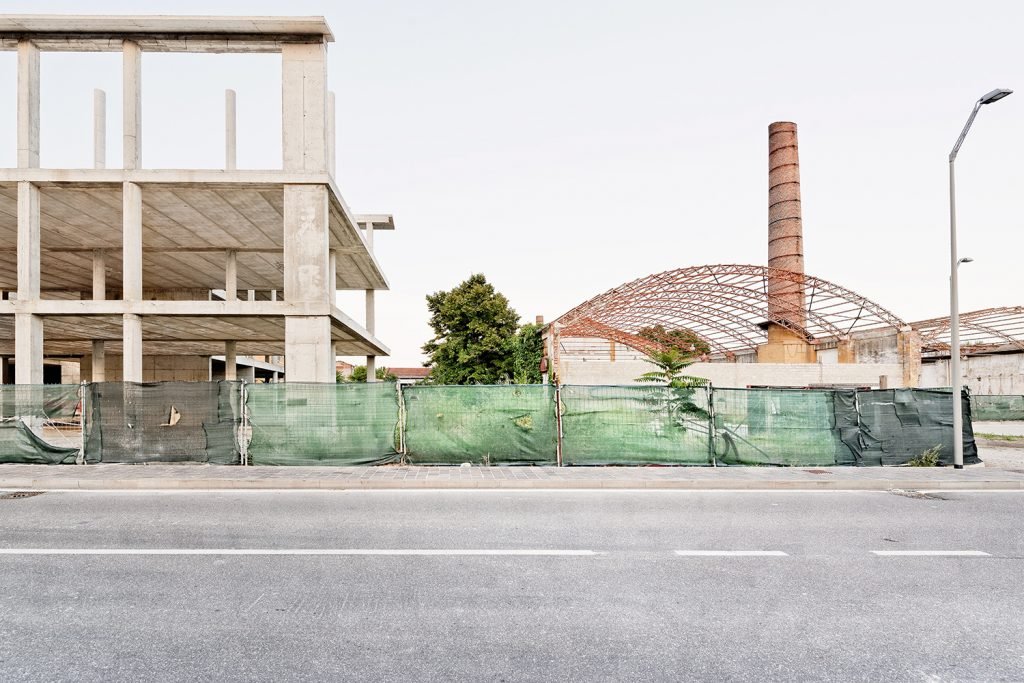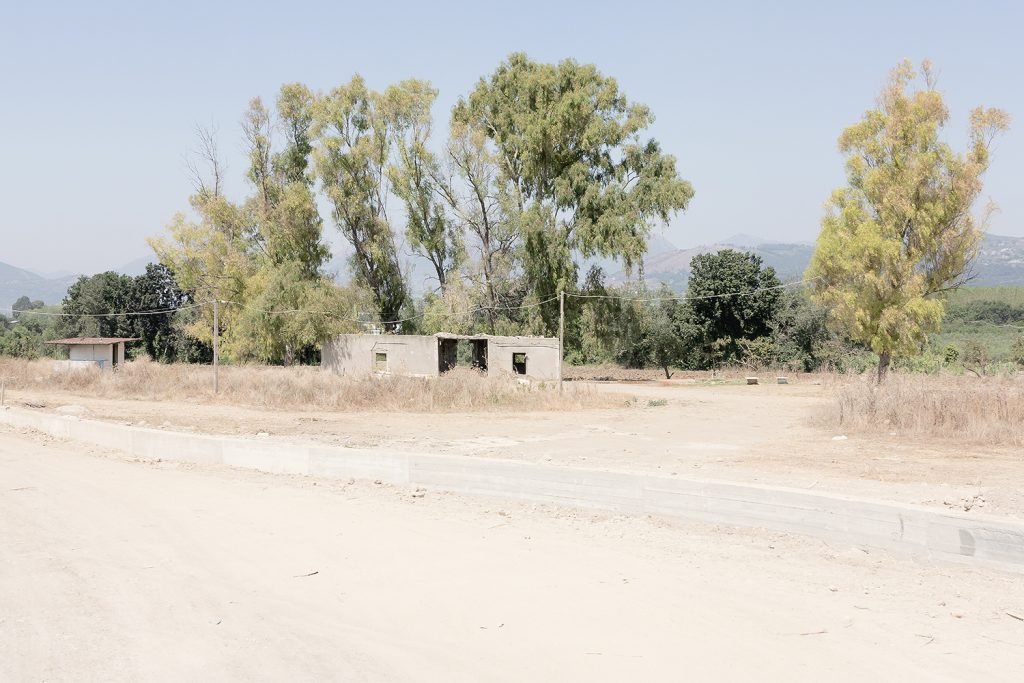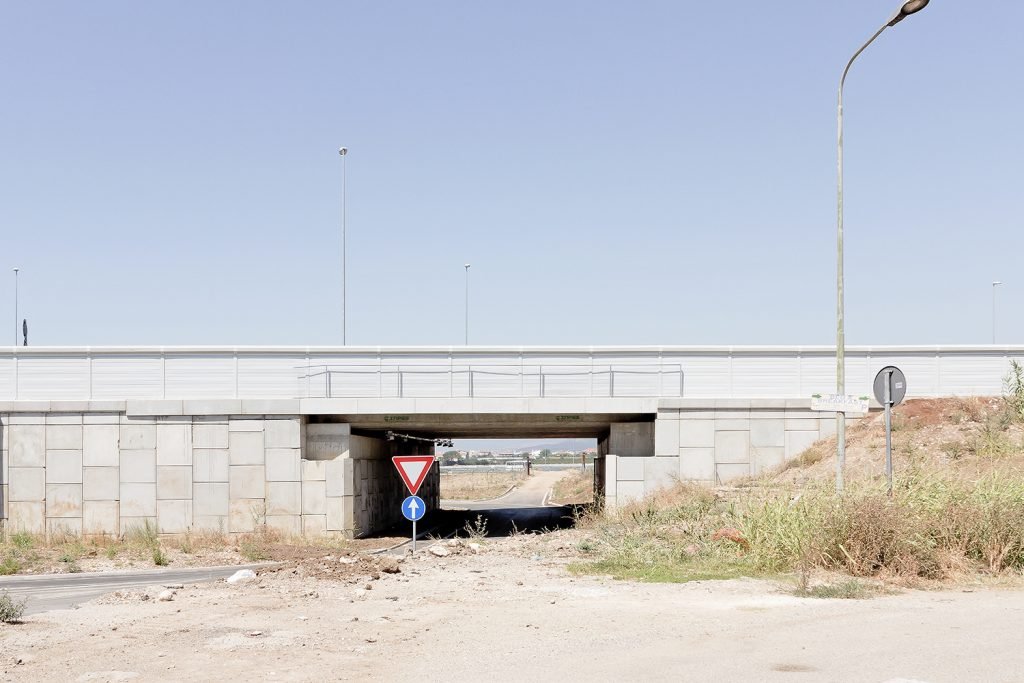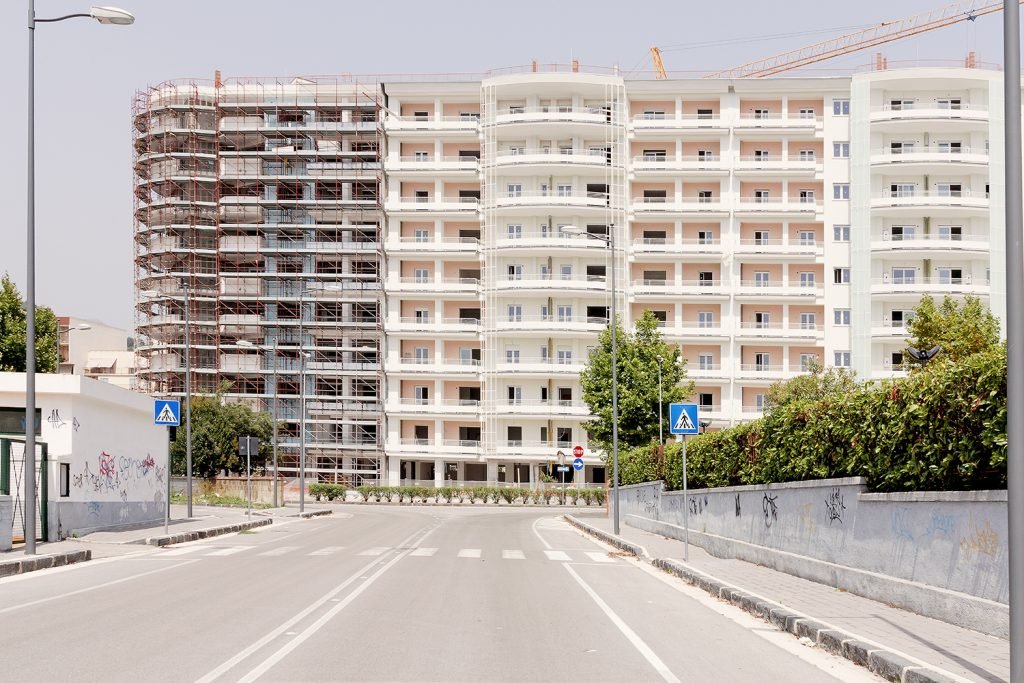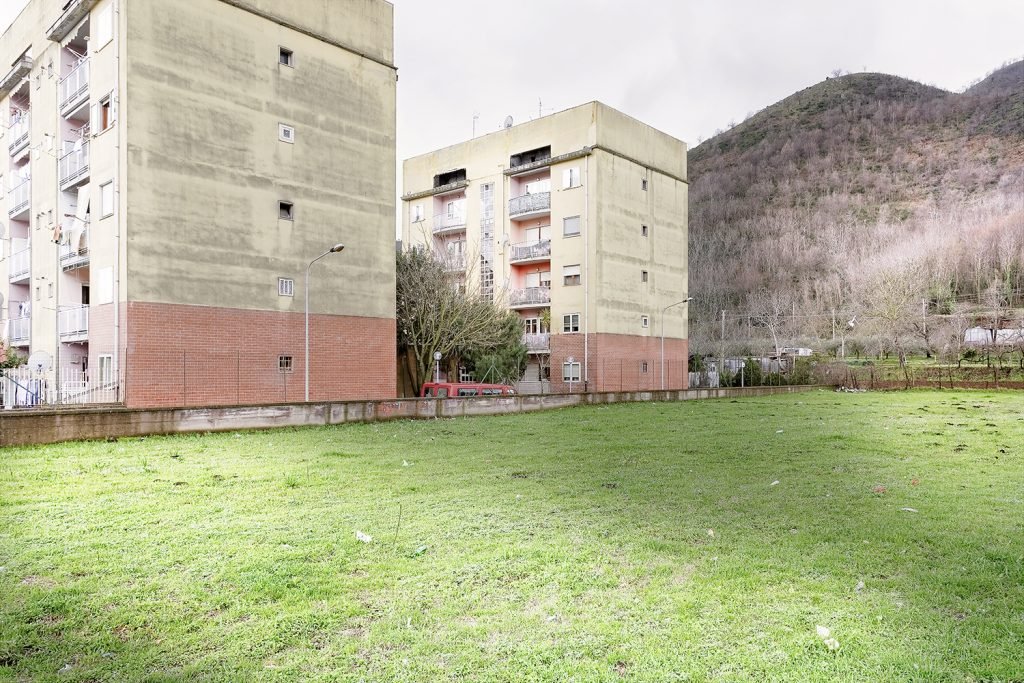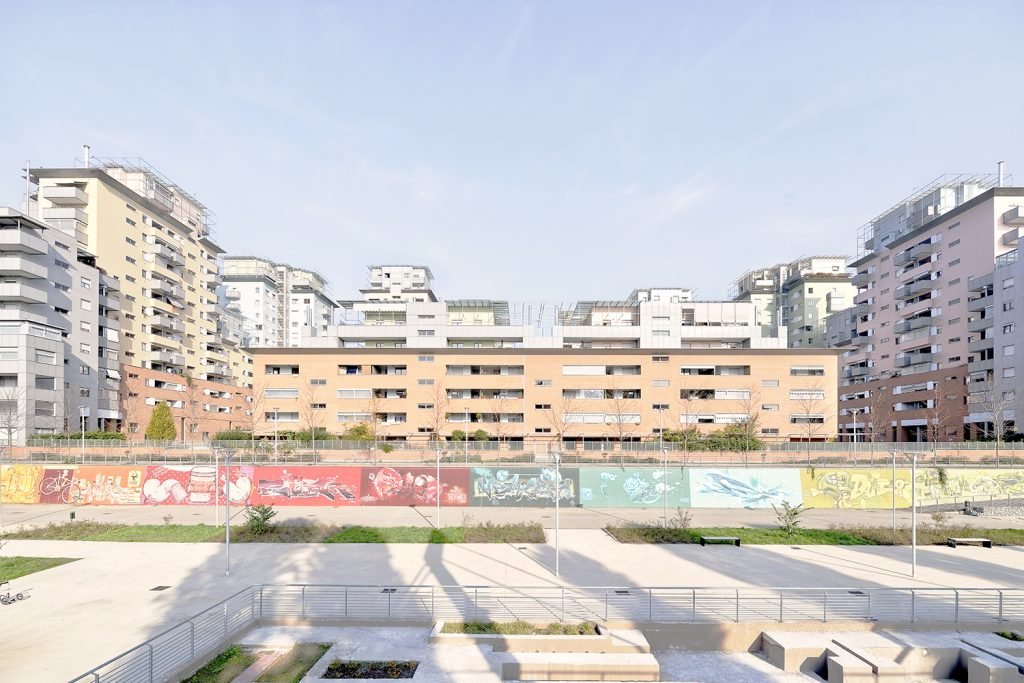The no man’s land is a portion of land not occupied or claimed by several parties that leave that area not occupied due to fears or uncertainties that would result to take possession. The term was originally used to define a contested territory or a dumping ground for waste positioned between two feuds. It’s used primarily to describe, in the first world war, the area situated between two enemy trenches that neither of two fighters wanted to take for fear of being attacked by the enemy during the action, with this sense the term was coined in the English language no man’s land.
All around the big cities have been developed the new urban settlements, to welcome those who moved from the countryside. The large suburbs many times have become even larger than the city itself, while remaining outside the city center, and reduced to sleeping quarters. Most often lack the most basic social services. We live in an almost deserted city where the need for a place to live is most important than the right to have a better life. Francesco Erbani in his book ”Rome : the decline of the public city” asks: ” are we sure that the transformations that are taking place are necessary to meet to collective needs of Rome? or are, however, the effect of real estate strategies that give prestige and money to private and downloading charges on the public and don’t carrying a very helpful to the city?”. In fact, the suburbs have no reason to exist if within them not are provided, in addition to residences, services, commercial and management activities, offices and part of those of the public office who can no longer stay in the central areas of a city. These large suburbs, however, look very much like ”no man’s land ” means an area of border between the city as a place of life, exchange of social relationships, entertainment, culture and the countryside, no longer as a productive place but as a abandoned space.
Franco Sortini (1958) is an Italian photographer. Early is interested in painting and graphic art. Beginning in the 1980s, under the supervision of Franco Fontana, has produced color photographs of landscape and architecture. Sortini’s photographs are presented with a deadpan wit and always considering the tenuous balance between people and their surroundings. He works in series, photographing urban scenes of his native Italy and Europe. His use of color has been lauded for its capacity to express reality and the mediterranean light. His interest focuses primarily on the empty city, chasing his idea of the “ideal city”, a place where to find order in the chaos. “Franco Sortini’s work comes up from the spaces; it is written with a wide size, so to solve the rules of perspective and the visual system each picture is provided with. classical structure, with a central, prevalent, perspective to outline the profile of a factory building, although more broadly then in architecture. his work is, in fact, focuses on this very strong urban genre, where the rigor and the constructive order is resolved with a desaturated color. a color that, then, reappears with some connotations, which are almost citations, to justify the photographer’s philosophy” (Luigi Erba).
At the same time develops commercial photography, and in 1986 he opened a studio of industrial photography, working with advertising and communication agencies, and offering its services to corporate customers.
Franco Sortini has exhibited extensively his works during last years. His work has featured in many galleries in Europe and his photographs are in the collections of Bibliotheque Nationale de France in Paris, the AFOCO Archive in Cordoba, the Galleria Civica of Modena, the Department of Modern Art of University of Siena, the FRAC of Baronissi, the Collezione d’Arte Contemporanea Città di Montoro and in many private collections.
He has published several photography book and artist’s book in limited editions. His photographs also have been published in many magazines and web magazines.
Professional photographer since 1986, he is a member of the Italian Association of Professional Photographers. Actually he lives in Salerno (Italy).

